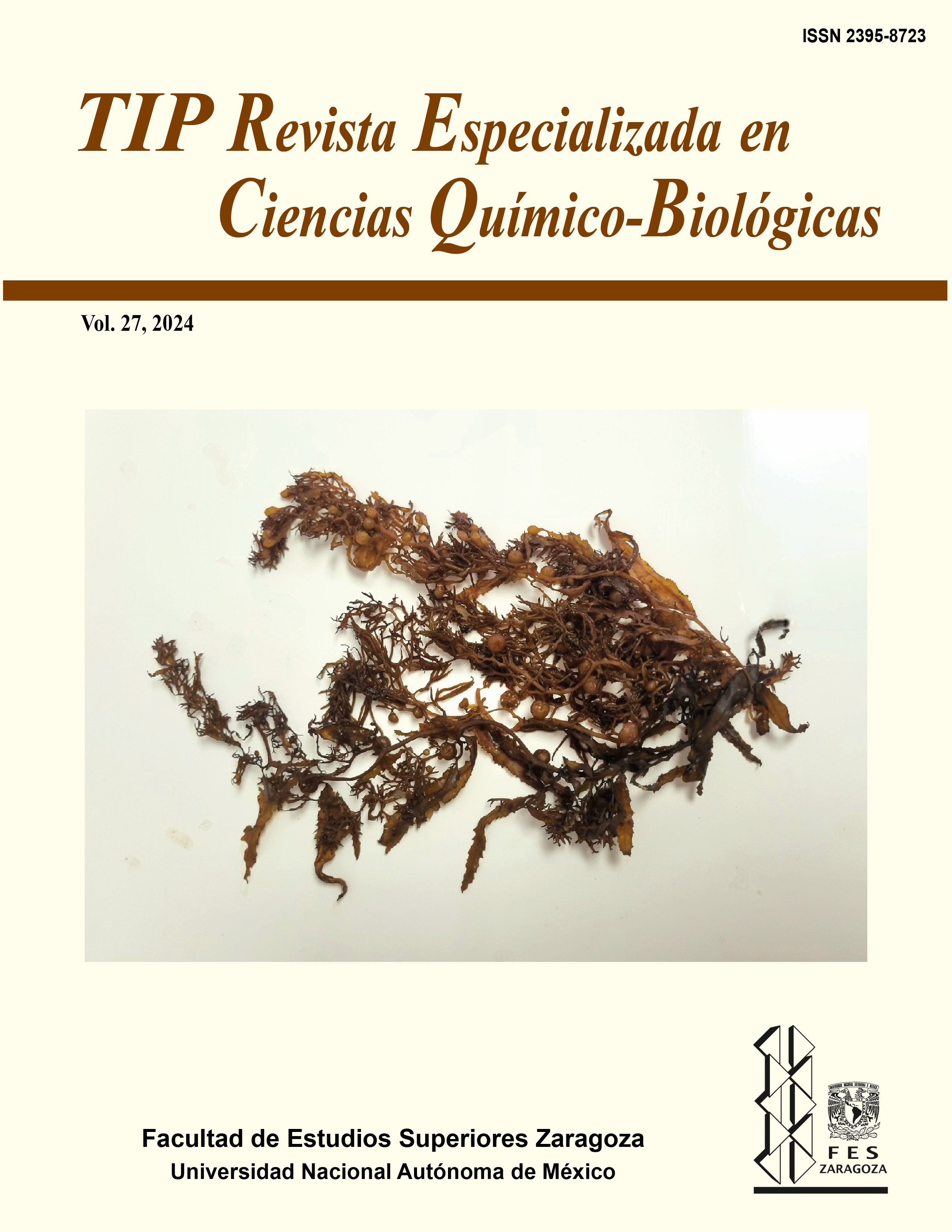Abstract
Based on the properties that clays have, they are considered as raw material for membrane preparation. It is reported that these materials agglomerate easily and possess ion exchange characteristics as well as adsorption capacity for water treatment. The aim of this study was to use Mexican clays to obtain porous membranes to decrease water hardness. The technique used to elaborate the membranes developed during this study consists of the compaction of clay and its subsequent sintering. In the pressing of the raw material, additives were used as lubricants and binders. The pressing was performed in a hydraulic press with a pressure of 150 to 300 Kg/cm2. The sintering was conducted in a muffle at 500 °C, 800ºC and 1,000°C. The raw material was characterized using X-ray diffraction (XRD), X-ray fluorescence (XRF) as well as Nitrogen physisorption. Using X-ray fluorescence, it was determined that the samples of Mexican clay are mainly composed of oxides containing Silicon, Aluminum, Iron, Calcium, and Potassium. Through nitrogen physisorption of the calcined clay, it was inferred that the clay is a mesoporous material. The material exhibits a unimodal distribution; the average pore diameter is 3.42 nm and the specific surface area was 48.8 m²/g. Heat treatment caused chemical changes in the material, which were detected and analyzed by X-ray diffraction. The membrane obtained was characterized using X –ray diffraction (XRD), Nitrogen physisorption, and Scanning Electron Microscopy (SEM). The result of these techniques corroborated that the membrane obtained can be used in filtration processes and was able to remove over 40% of water hardness.
TIP Magazine Specialized in Chemical-Biological Sciences, distributed under Creative Commons License: Attribution + Noncommercial + NoDerivatives 4.0 International.



